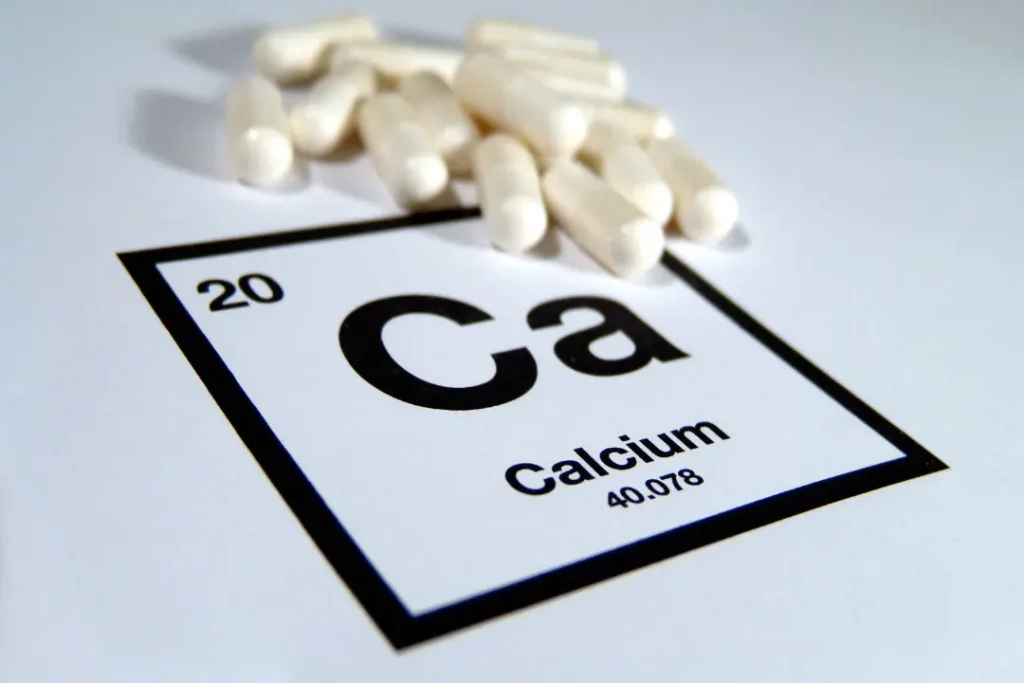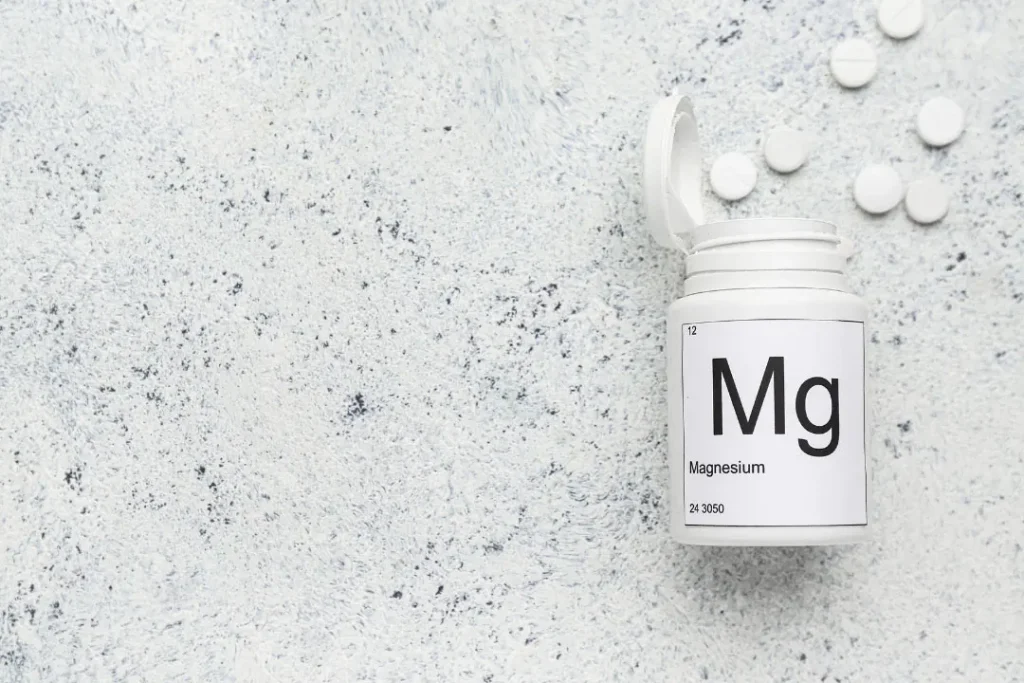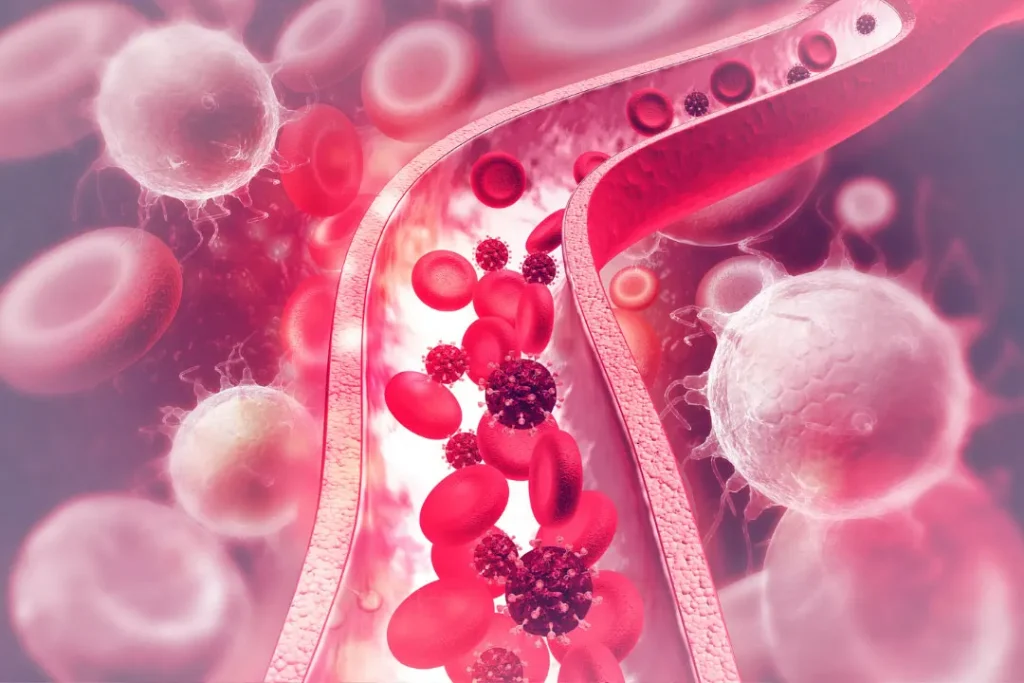Colloidal minerals, which are made up of minute mineral particles floating in a liquid medium, have received a lot of interest in recent years. This page seeks to provide a full explanation of the nature, benefits, dose, side effects, potential interactions, and responsible use of these nutritional supplements amid strong yet disputed claims of health benefits.
You May Also Like:
Cassia Cinnamon: Benefits, Dosage, Side Effects, Drug Interactions, and Other Important Information
Nature of Colloidal Minerals
Colloidal minerals are generally generated from prehistoric mineral deposits like humic shale and clay. They are made up of minute mineral particles scattered in water, resulting in a heterogeneous mixture known as a colloid. Because these particles are typically less than 0.01 micrometers in diameter, they can remain suspended without settling, resulting in a hazy solution.
Colloidal mineral supplements can contain a wide range of minerals, including:
● Calcium
● Iron
● Magnesium
● Potassium
● Zinc
The supplement’s particular composition is frequently determined by the source material and the extraction procedure.

Health Benefits of Colloidal Minerals
Colloidal minerals have been promoted for a variety of health benefits, many of which are derived from the important roles that these minerals play in human physiology. Calcium, for example, is essential for bone health and nerve transmission, iron is an essential component of hemoglobin, and magnesium aids in muscle and nerve function.
Colloidal mineral proponents say that their small particle size increases bioavailability – the proportion of a material that can be absorbed and utilized by the body. While there is some indication that smaller particles may be more easily absorbed in some situations, the impact of particle size on mineral absorption in these supplements warrants additional exploration.
The Chemistry of Colloidal Minerals
Colloidal minerals, which are made up of finely scattered mineral particles floating in a liquid media, have fascinating chemical characteristics. These particles are often ionic, meaning they have a positive or negative charge. This charged condition affects their interactions with other compounds within the body, as well as their absorption.
Each essential and trace mineral in the colloidal mineral mixture has its own chemical characteristics. Calcium (Ca2+) and magnesium (Mg2+), for example, are divalent cations, whereas potassium (K+) and sodium (Na+) are monovalent cations.
The precise composition of colloidal minerals varies depending on the source material and the extraction procedure. Furthermore, the colloidal condition of these minerals alters their behavior in solution, which might have an impact on their bioavailability and bioactivity.

Active Physiological Mechanisms of Colloidal Minerals
Colloidal minerals enter the highly complex environment of the human digestive tract after being consumed. In this case, their ionic composition is critical to their absorption. Positively charged mineral ions can bond with negatively charged groups on substances like dietary fibers in the acidic environment of the stomach, generating complexes that are more easily absorbed.
These minerals are largely absorbed in the small intestine, where they bond to particular protein carriers and go over the intestinal barrier into the bloodstream. This process is strictly controlled by the body’s homeostatic processes, which try to maintain mineral balance and prevent excessive absorption.
Minerals enter the bloodstream and are transferred to various tissues and organs where they perform their unique functions. Calcium ions, for example, are essential for muscular contraction and nerve impulse transmission, whereas iron is an essential component of hemoglobin, which is responsible for oxygen transport.
Certain minerals can also get across the blood-brain barrier and play important roles in brain function. For example, magnesium aids in neurotransmitter release and receptor function, whereas iron aids in the synthesis of important neurotransmitters such as dopamine and serotonin.
Nonetheless, the precise physiological natureof colloidal minerals, particularly the impact of their colloidal state on these activities, are still being studied. More research is needed to completely comprehend how these minerals are absorbed, utilized, and eliminated by the body, as well as how these processes are influenced by factors such as age, nutrition, health state, and the presence of other nutrients or chemicals.

Optimal Dosage of Colloidal Minerals
The appropriate colloidal mineral dosage varies according to the mineral, the individual’s dietary intake, and their particular physiological needs. Factors like your age, biological sex, weight, and any other specific features about you will affect the ideal dosage for you.
A good first step is selecting the colloidal mineral supplement you intend to use. Then, you ought to identify which specific colloidal minerals are present, and then research the right dosage of those particilar minerals for someone of your age, gender, weight, and any other relvant criteria (such as possible underlying health conditions).
Side Effects of Colloidal Minerals
Colloidal mineral supplements’ negative effects are mostly determined by their composition. Certain minerals might cause health concerns if consumed in excess. Excess iron intake, for example, can cause hemochromatosis, a disorder characterized by excessive iron deposits in the body.
Potential Substance Interactions of Colloidal Minerals
Minerals can interact with a wide range of substances, including drugs and other nutrients. Calcium, for example, can interfere with the absorption of certain antibiotics, while high zinc levels can limit copper absorption. If you are on medication or have any specific dietary restrictions, you should visit a healthcare provider before using these types of supplements.

Responsible Use and Best Practices of Colloidal Minerals
Mineral supplements can help meet nutritional demands, but they should not be used in place of a well-balanced diet. The best method is to get vital minerals is from a range of food sources and to use supplements only when necessary andunder professional supervision.
Colloidal Minerals: Conclusion
Colloidal minerals are ideal for cleansing the body of toxins and heavy metals. They fill in gaps with any possible trace mineral deficiencies and reduce inflammation.
The true list of benefits is much longer than what we’ve been able to cover in this post, but there is much evidence that suggest colloidal minerals are a worthy supplement for your own diet.
Like with any supplement, however, it’s crucial that you approach colloidal minerals with an abundance of caution and scrutiny to make sure that your body doesn’t react to them in any sort of negative way.
References:
- “Colloidal Minerals Health Benefits And Risks.” Retrieved from: https://www.zumanutrition.com/blogs/health/colloidal-minerals-health-benefits-and-risks
- “Colloidal Minerals FAQs.” Retrieved from: https://www.nowfoods.com/healthy-living/FAQs/colloidal-minerals-faqs
- “Colloidal Minerals.” Retrieved from: https://www.rxlist.com/colloidal_minerals/supplements.htm
Important Note: The information contained in this article is for general informational purposes only, and should not be construed as health or medical advice, nor is it intended to diagnose, prevent, treat, or cure any disease or health condition. Before embarking on any diet, fitness regimen, or program of nutritional supplementation, it is advisable to consult your healthcare professional in order to determine its safety and probable efficacy in terms of your individual state of health.
Regarding Nutritional Supplements Or Other Non-Prescription Health Products: If any nutritional supplements or other non-prescription health products are mentioned in the foregoing article, any claims or statements made about them have not been evaluated by the U.S. Food and Drug Administration, and such nutritional supplements or other health products are not intended to diagnose, treat, cure, or prevent any disease.


